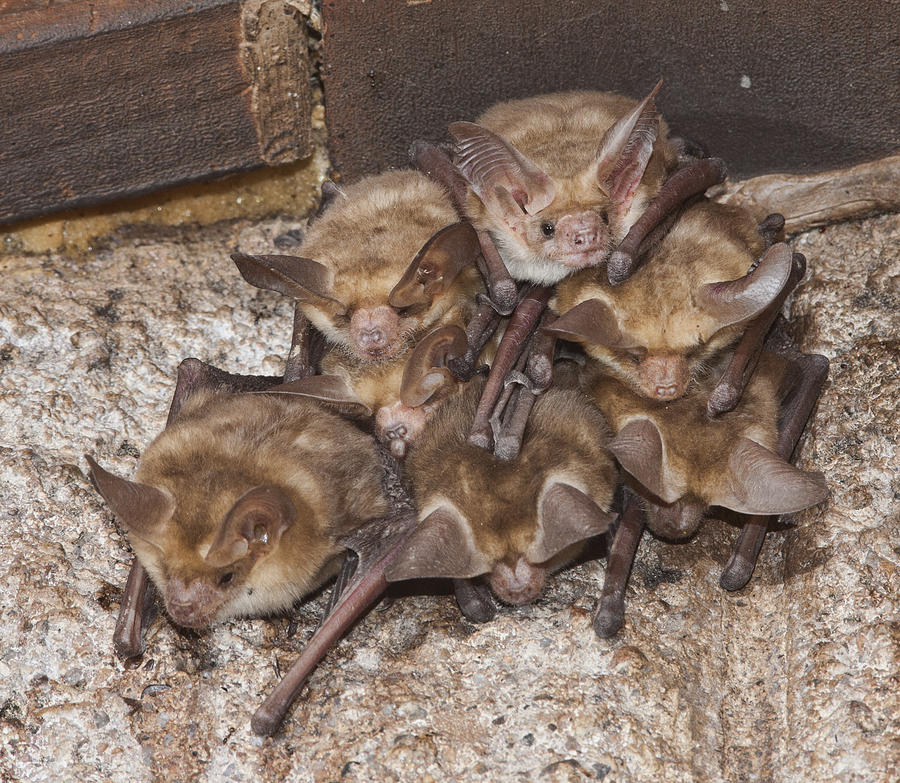
Bats are essential to our ecosystem, playing a crucial role in controlling insect populations and pollination. However, when bats take up residence in your home or property, they can cause a variety of issues, from structural damage to health risks. Knowing when it’s time to have a bat colony removed is vital to avoid these problems. Here are key indicators that suggest removal is necessary, along with the steps and considerations involved in safely and humanely removing a bat colony.
Key Signs of a Bat Infestation
Unexplained Noises:
If you start hearing scratching, squeaking, or flapping noises from your attic, walls, or chimney, you may have a bat colony living there. These sounds are usually most noticeable at dusk and dawn when bats are leaving or returning to their roost.
Bat Droppings (Guano):
Bat droppings, known as guano, accumulate rapidly and can be a significant clue to an infestation. Guano looks like small, dark pellets and is often found near entry points like windows, attic vents, or roof gaps. Large piles of guano not only signal a bat colony but also pose a health risk, as they can lead to respiratory issues like histoplasmosis.
Foul Odors:
Over time, the accumulation of guano and urine will start to produce a strong, unpleasant odor. This odor can permeate the house and become difficult to ignore, indicating that a large colony may have settled in your home.
Bats Flying in or Around Your Property:
Seeing bats flying around your property at dusk or dawn may indicate they are roosting nearby. If you observe bats consistently entering or exiting through a particular area, this is a strong indication that a colony has taken up residence.
Structural Damage:
Bats can cause structural damage by squeezing through small openings to access attics, eaves, and walls. Over time, this can lead to broken tiles, damaged insulation, and weakened structural integrity. If you notice gaps or cracks in your roofline or walls, it may be a sign of a bat infestation.
Why Bat Removal Is Necessary
Although bats provide ecological benefits, their presence in your home can pose serious risks. Here’s why removal is often necessary:
Health Risks:
Bat guano is a known carrier of fungi that can cause histoplasmosis, a lung infection that poses serious health risks, especially to those with compromised immune systems. Additionally, while bats themselves rarely have rabies, they can transmit the disease through bites if they feel threatened.
Pests and Parasites:
Bat colonies often attract other pests such as mites, fleas, and ticks, which can migrate into your home and cause additional problems. If left untreated, these parasites can spread to other parts of the house.
Odor and Noise:
As the colony grows, so does the noise and smell. The longer a bat colony is allowed to thrive inside your home, the harder it becomes to remove them and reverse the damage.
When to Call for Professional Bat Removal
The time to call for professional bat removal depends on several factors. Here are the situations in which you should seek professional assistance:
Presence of a Large Colony:
If you’ve identified a large number of bats in your home, it’s best to call professionals immediately. Attempting to remove a large colony yourself can be dangerous and ineffective. Professionals can assess the size of the colony and determine the best course of action.
Bats in Living Spaces:
If you encounter a bat inside your living space, it’s a sign that the colony has found a way to access your home’s interior. In these cases, immediate removal is necessary to prevent potential bites and the spread of disease.
Consistent Entry/Exit Points:
Once you’ve identified bats entering and exiting your home, especially through vents, chimneys, or roof gaps, it’s time to call for an inspection. Professional wildlife removal experts can seal off these entry points and safely remove the bats.
Accumulation of Guano:
If you notice large piles of bat guano around your home, especially in your attic or near windows, it’s essential to address the problem quickly. Not only is guano hazardous to your health, but it also attracts other pests and can cause significant damage to your home.
Bat Removal Methods
Bats are a protected species in many regions due to their ecological importance. As a result, removal must be done humanely and according to local laws. Here’s what to expect from a professional bat removal service:
Inspection:
The first step involves a thorough inspection of your property to identify the colony’s size, entry points, and any potential damage caused by the bats.
Exclusion:
Exclusion devices allow bats to leave your home but prevent them from re-entering. These devices are typically placed over entry points such as vents or roof gaps.
Sealing Entry Points:
Once all the bats have left, professionals will seal any cracks, gaps, or openings that allowed them into your home. This prevents future infestations.
Cleanup and Restoration:
Removing guano and disinfecting the affected area is crucial to ensure your home is safe. In cases of significant damage, professionals may also repair or replace insulation, drywall, or roofing materials.
Be Vigilant
Recognizing when it’s time to have a bat colony removed can prevent serious health and structural issues. Whether it’s due to the accumulation of guano, damage to your home, or the presence of parasites, taking swift action can minimize the impact of a bat infestation. Always seek professional bat removal services to ensure that the process is safe, humane, and effective. With the right approach, you can protect both your home and these important creatures.

